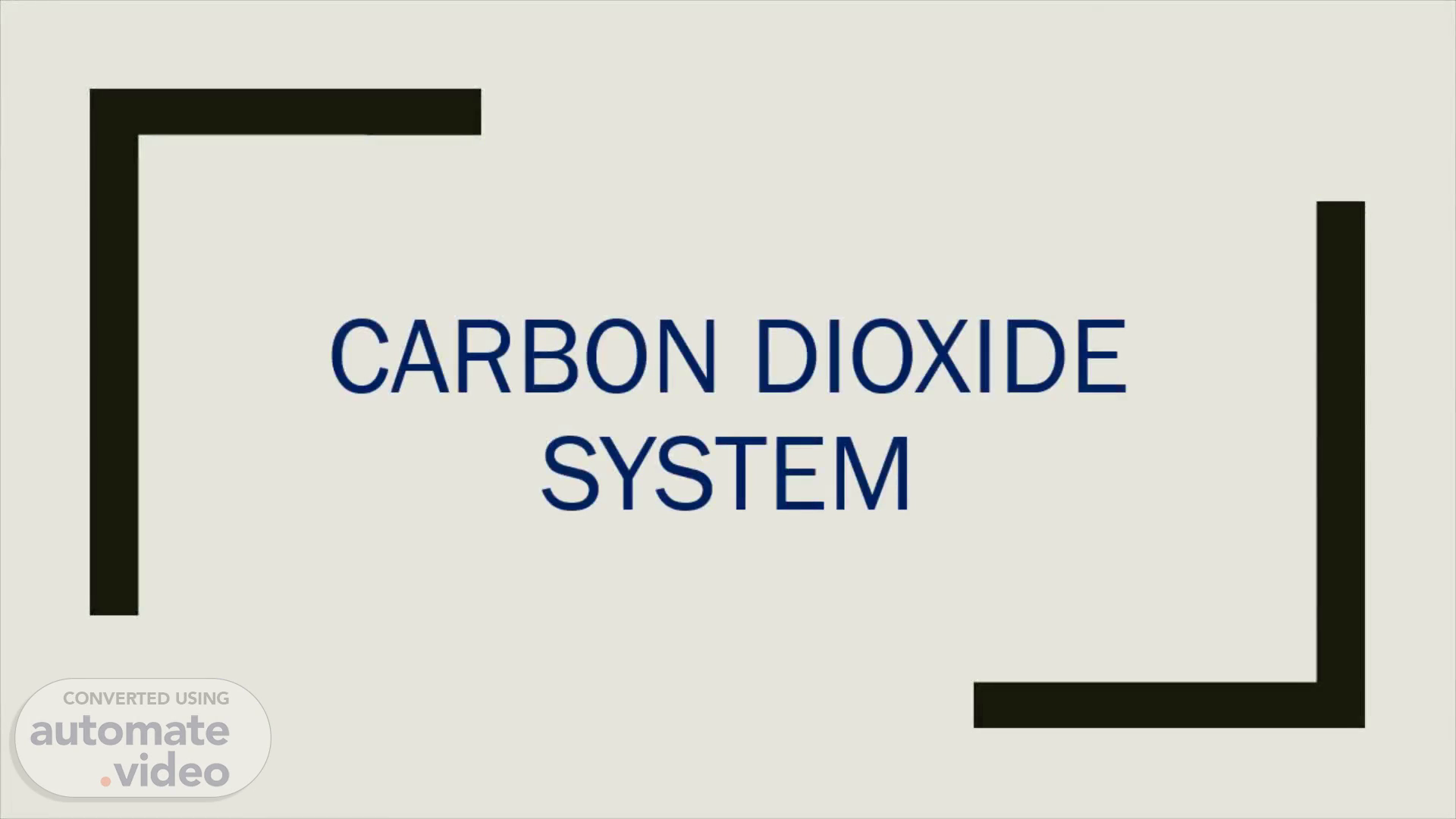
Carbon Dioxide system
Scene 1 (0s)
Carbon Dioxide system.
Scene 2 (7s)
Esha Mahesh Korgaoker 2020-382 TYBSc Chemistry Carmel College of Arts , Science and Commerce for Women , Nuvem , Goa.
Scene 3 (21s)
Outline. Phase rule Carbon dioxide system Difference between Water system and Carbon dioxide system Objective questions.
Scene 4 (31s)
Phase Equilibrium. Melting Freezing Solid Condensation Sublimation Condensation Liquid Boiling.
Scene 5 (47s)
Terms used in Phase rule. Phase ( P ) Can be defined as a physically distinct and chemically homogenous portion of a system that has a particular chemical composition and structure. For example : A gas mixture constitutes a single phase since gases are completely miscible . Immiscible liquids constitute different phases. Thus CCl 4 and H 2 O, which do not mix with each other , form two phases ..
Scene 6 (1m 6s)
Components ( C ) It is defined as minimum number of chemically independent species which are required to express the composition of all the phases present in the system. For example : Water system has three phases and the composition of all these phases is expressed in one chemical formula. Hence one component only..
Scene 7 (1m 23s)
Degrees of freedom or Variance ( F ) It is defined as smallest number of intensive variables (such as temperature, pressure and conc.) that can be changed independently without disturbing the number of phases in equilibrium. For example : State of a pure gas may be described by any two of the three variables P, T and density. If any two are known third can be calculated. Hence it has two degrees of freedom called bivariant system..
Scene 8 (1m 46s)
Typical Phase Diagram Cry s solid Vapur tern. Phase diagram.
Scene 9 (2m 1s)
Phase Rule. For a system at equilibrium the phase rule relates : where F is the degree of freedom C is the number of components P is the number of phases.
Scene 10 (2m 14s)
C = 1. P = 3. Carbon dioxide System. One component system The composition of every phase can be expressed in terms of one chemical constituent – CO 2 In the carbon dioxide system , There are 3 phases Solid CO 2 , liquid CO 2 and gaseous CO 2.
Scene 11 (2m 29s)
There are 3 types of equilibria in the carbon dioxide system Equilibrium between : 1. Solid CO 2 ↔️ Liquid CO 2 Fusion 2. Liquid CO 2 ↔️ Gaseous CO 2 Vaporization 3. Gaseous CO 2 ↔️ Solid CO 2 Sublimation Each equilibrium involves two phases..
Scene 12 (2m 43s)
Phase diagram of CO 2 system. 72.9 atm — 5.1 atm solid I atm Critical point Liquid Triple point .78.SOC 56.7 oc Temperature (not to scale) Supercnttcal C fluid 31 oc.
Scene 13 (2m 58s)
Curves. B. O. C. D. In the phase diagram , there are the following curves : Curve BO is the SUBLIMATION CURVE Along curve BO there is solid CO 2 is in equilibrium with gaseous CO 2 . 2. Curve OC is the VAPORISATION CURVE Along curve OC there is liquid CO 2 in equilibrium with gaseous CO 2 . 3. Curve OD is the FUSION CURVE Along curve there is solid CO 2 is in equilibrium with liquid CO 2 . On any curve P = 2.
Scene 14 (3m 26s)
Areas. Solid CO 2 in the area BOD Liquid CO 2 in the area DOC Gaseous CO 2 in the area BOC In any area P = 1 Points Point O is the TRIPLE POINT ( - 56.6°C , 5.11 atm ) Point B is the CRITICAL POINT ( 31.1°C , 73 atm ).
Scene 15 (3m 43s)
Application of phase rule to CO 2 system (C = 1 ).
Scene 16 (3m 52s)
2. In any area.
Scene 17 (4m 0s)
3. At the triple point O.
Scene 18 (4m 8s)
Dry Ice. DRY ICE. It can be seen from the phase diagram that liquid carbon dioxide cannot exist at any pressure below 5.11 atmosphere. Solid carbon dioxide when heated below about 5 atm pressure will directly pass into the gaseous state – sublimation takes place. In other words, solid CO 2 , will vaporise without melting or liquid being formed. It is for this reason that solid CO 2 , is called dry ice..
Scene 19 (4m 32s)
Differences between Carbon dioxide system and water system :.
Scene 20 (4m 45s)
Water system Carbon dioxide system The phase diagram of water shows a negative slope for the boundary line between the liquid and solid state . The phase diagram of CO 2 shows a positive slope for the boundary line between the liquid and solid state . 2. At 1 atmosphere pressure, water can exist in all three phases ( solid , liquid , gas) Carbon dioxide can exist in only two phases ( doesn’t exist in liquid phase) Solid CO 2 sublimes directly to gas.
Scene 21 (5m 6s)
Let’s solve. Q 1. In the phase diagram of a one-component system, which of the following statements is correct?.
Scene 22 (5m 20s)
Q 2.For one component system the phase rule is.
Scene 23 (5m 27s)
Q 3. A system with zero-degree of freedom is known as.
Scene 24 (5m 35s)
Q 4. In a one-component system the maximum number of phases that can co-exists in equilibrium is :.
Scene 25 (5m 45s)
References. Puri . Sharma. Pathania (2014). Principles of Physical Chemistry. Meerut, ( U.P ) : Goel Publishing House Arun Bahl . B.S Bahl . G.D.Tuli ( 2016 ). Essentials of Physical Chemistry. New Delhi. S.Chand R L Madam ( 2017 ). Chemistry for Degree Students. New Delhi. S. Chand.
Scene 26 (6m 3s)
Thank you.